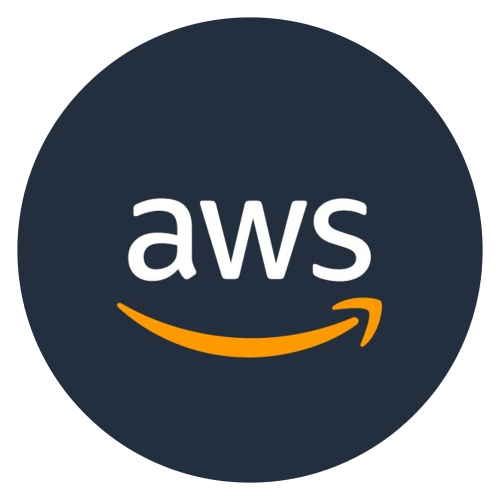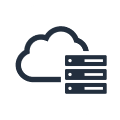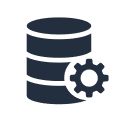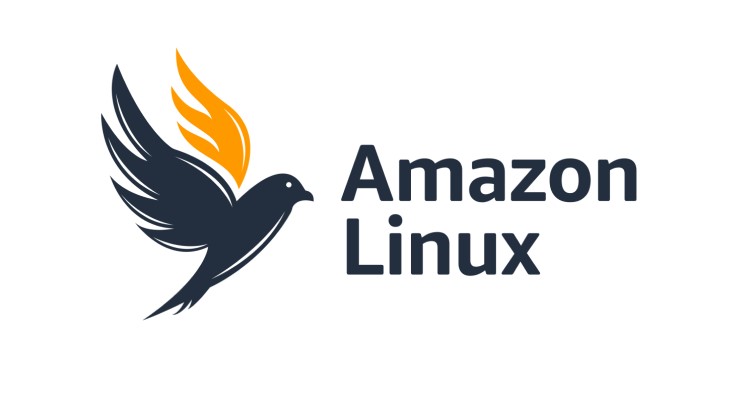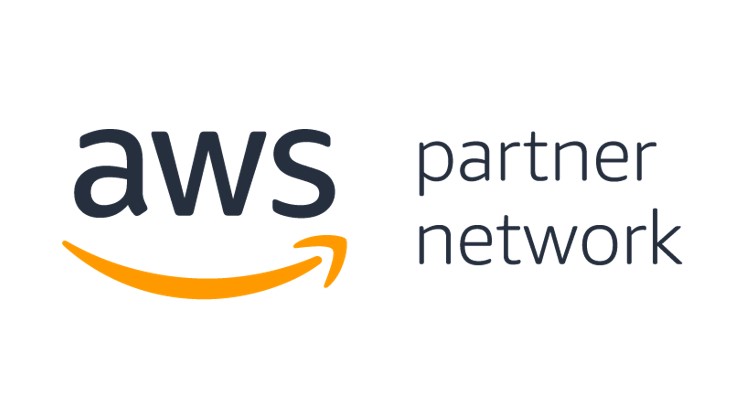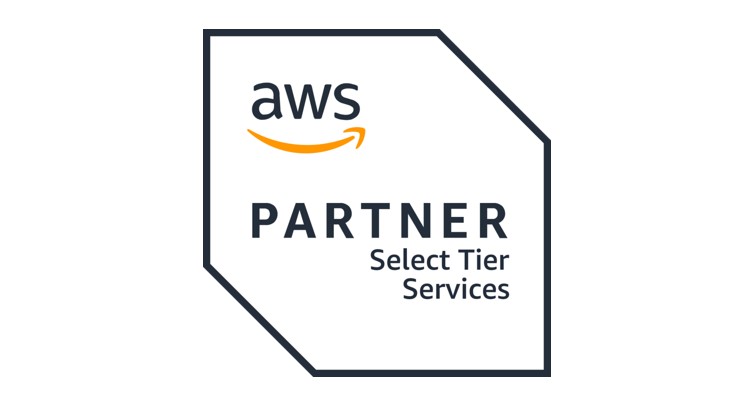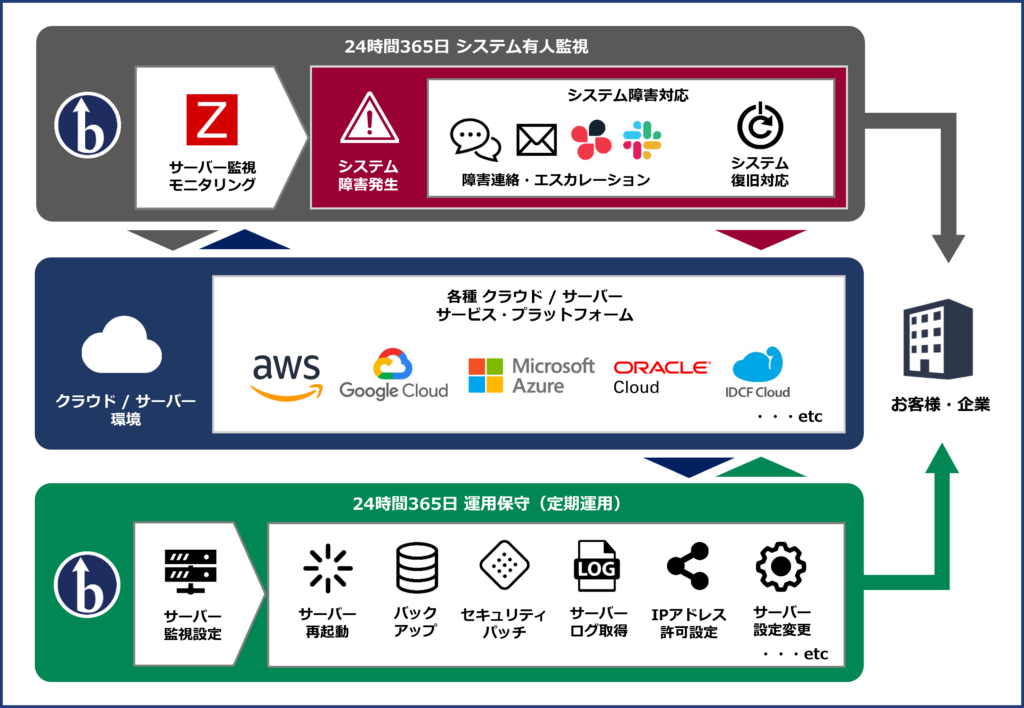![]()
Amazon Lightsail is a virtual private server (VPS) provided by AWS. You can use cloud resources such as instances, containers, storage, databases, etc. at a low cost and highly cost-effective monthly fee.
Amazon Lightsail provides easy-to-use cloud resources that allow you to build websites and applications in a few clicks, with simplified functionality compared to other services offered by AWS.
You can easily create and launch an instance by clicking on a pre-configured OS or application/development stack such as LAMP or WordPress. You can also use Amazon Lightsail's built-in firewall functionality to allow or restrict traffic based on source IP, port, or protocol.
Features of Amazon Lightsail
● Easy setup
Amazon Lightsail can be used without any prior knowledge of using AWS's advanced cloud services. Easily deploy virtual machines with Linux or Windows Server OS and create web applications and databases from pre-built application templates in just a few clicks from your dashboard.
● Integrated management
Various services such as web applications and databases can be managed in an integrated manner. Users can minimally monitor resource status and change security group settings from a simplified dashboard.
● Scalability
Resources such as web applications and databases can be scaled up or down as needed, allowing you to flexibly respond to spikes or drops in traffic.
● Security
You can control access to resources using security groups and firewalls. It provides security features such as HTTPS encrypted communication and network interface level access control.
● Backup and Restore
The automatic backup function allows you to automatically back up resources such as web applications and databases, and restore them when necessary.
Services provided by Beyond
● AWS Cloud Integration
● AWS Operation Monitoring Service (24 hours a day, 365 days a year)

